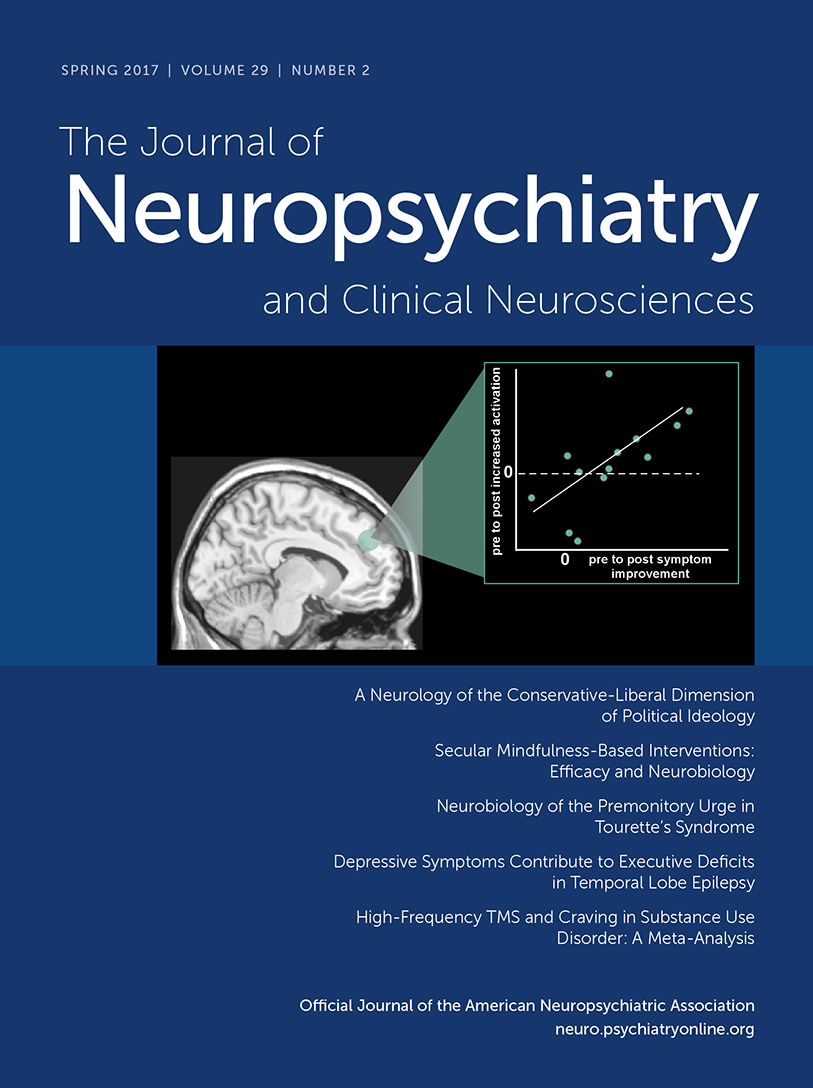Suspected Delirium Predicts the Thoroughness of Catatonia Evaluation
Abstract
Although commonly linked to psychiatric disorders, catatonia is frequently identified secondary to neurological and general medical conditions (GMCs). The present study aimed to characterize the diagnostic workup of cases of catatonia in a general hospital setting. The authors performed a retrospective chart review of 54 cases of catatonia, over 3 years. Clinical suspicion of comorbid delirium was the strongest predictor of a more thorough general medical workup. Attribution of catatonia to a psychiatric etiology was associated with significantly less diagnostic workup. Prospective studies should help clarify the relationship between catatonia and delirium and standardize the diagnostic approach to patients presenting with catatonia.



